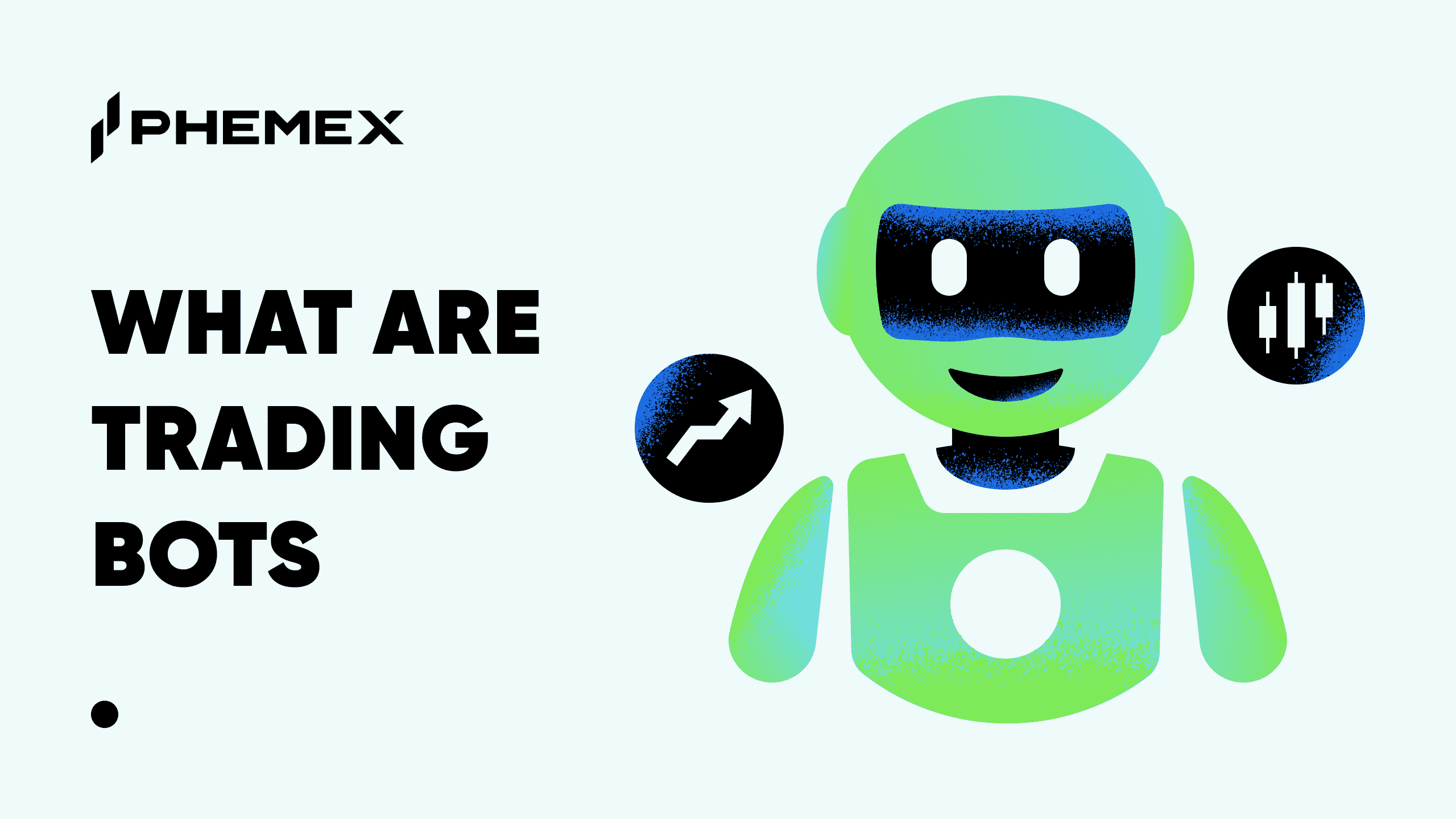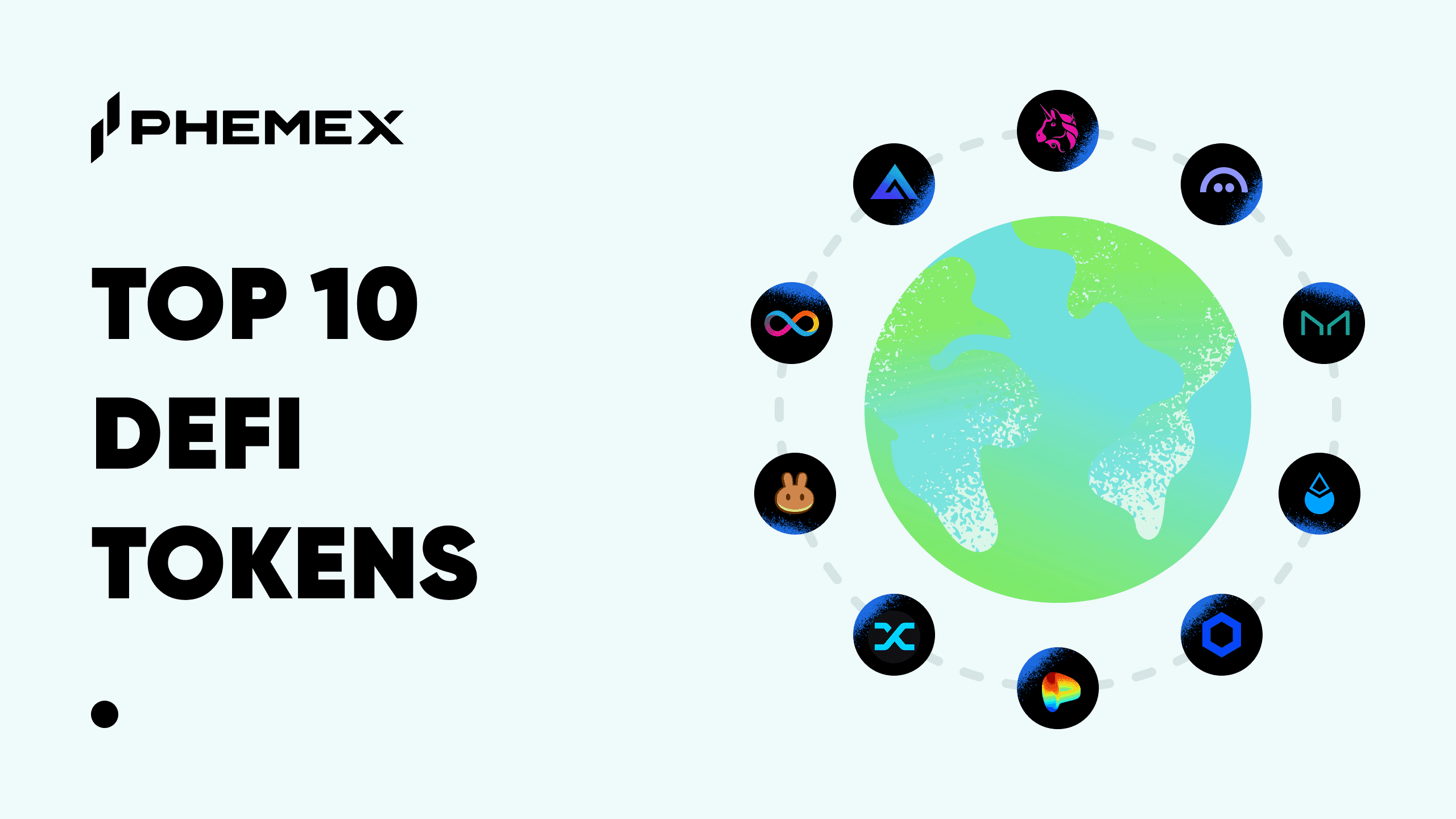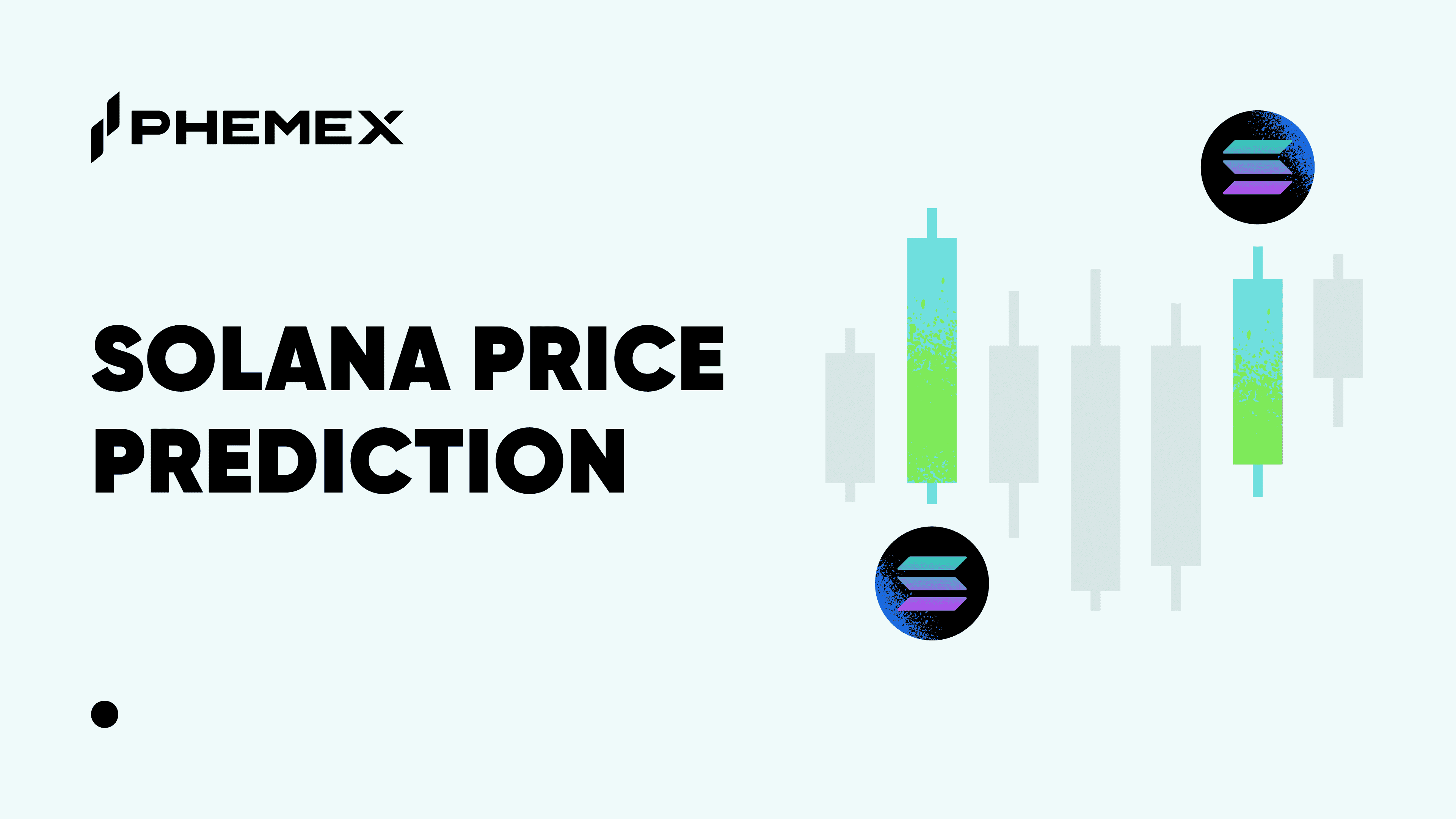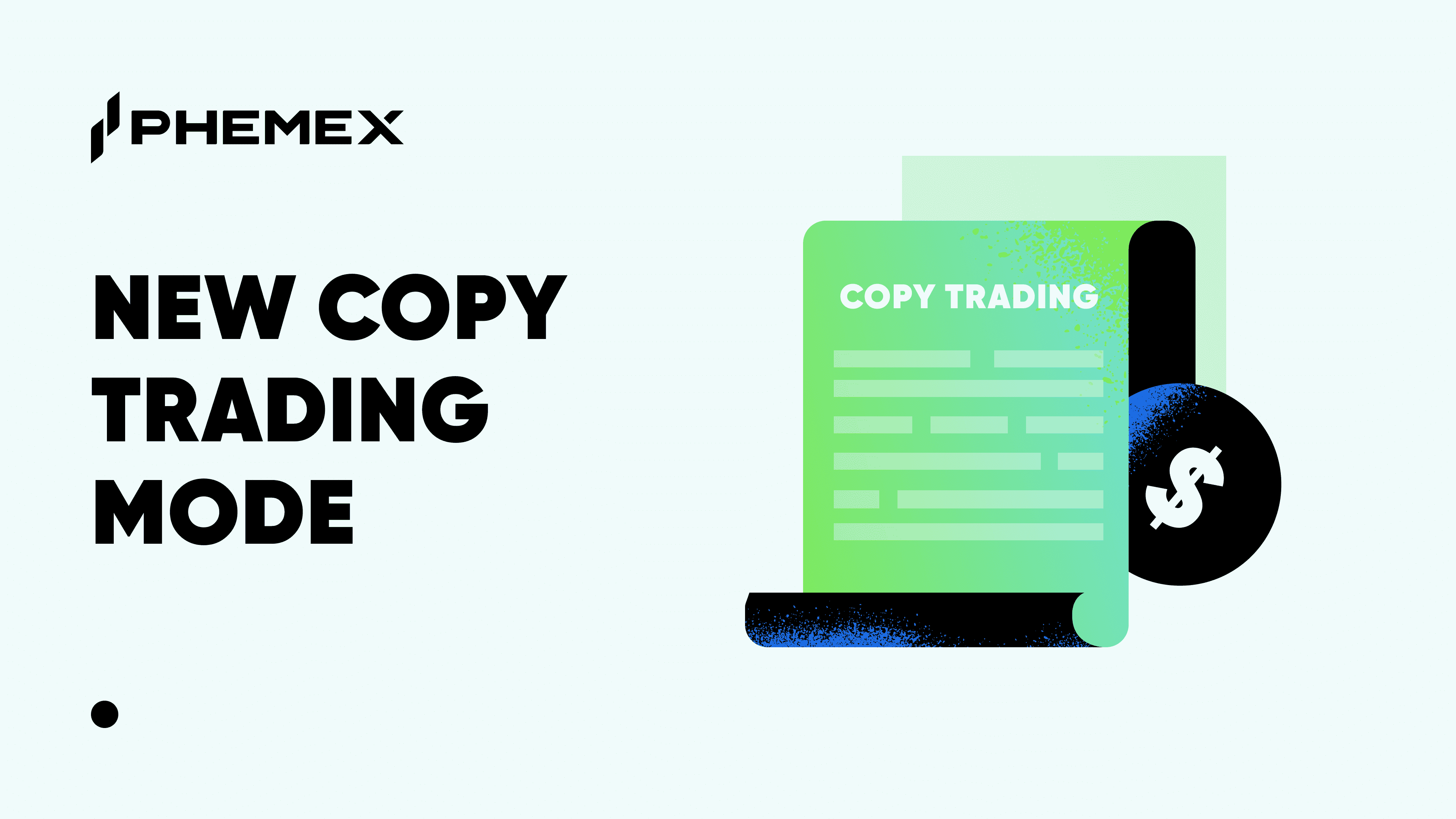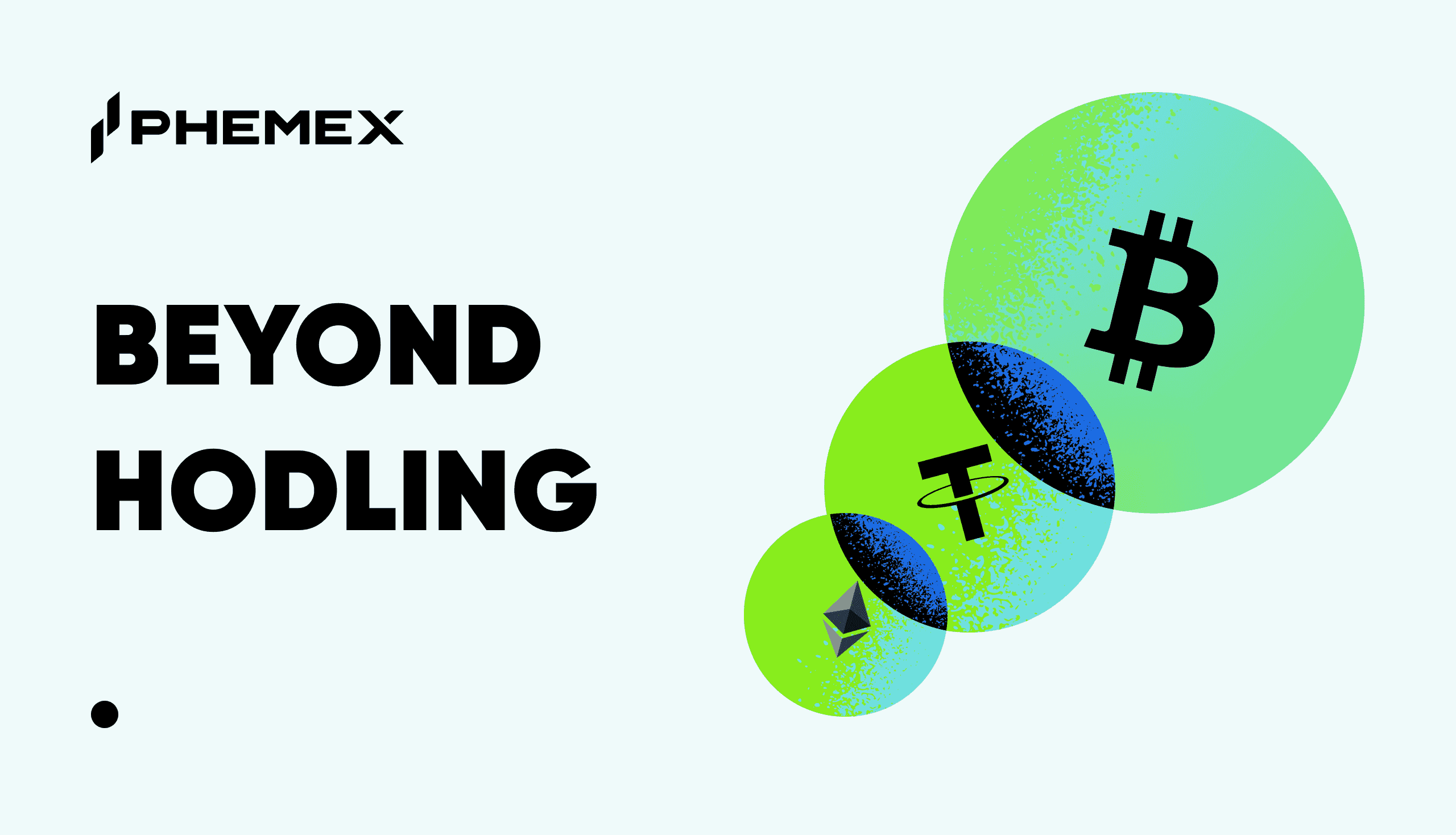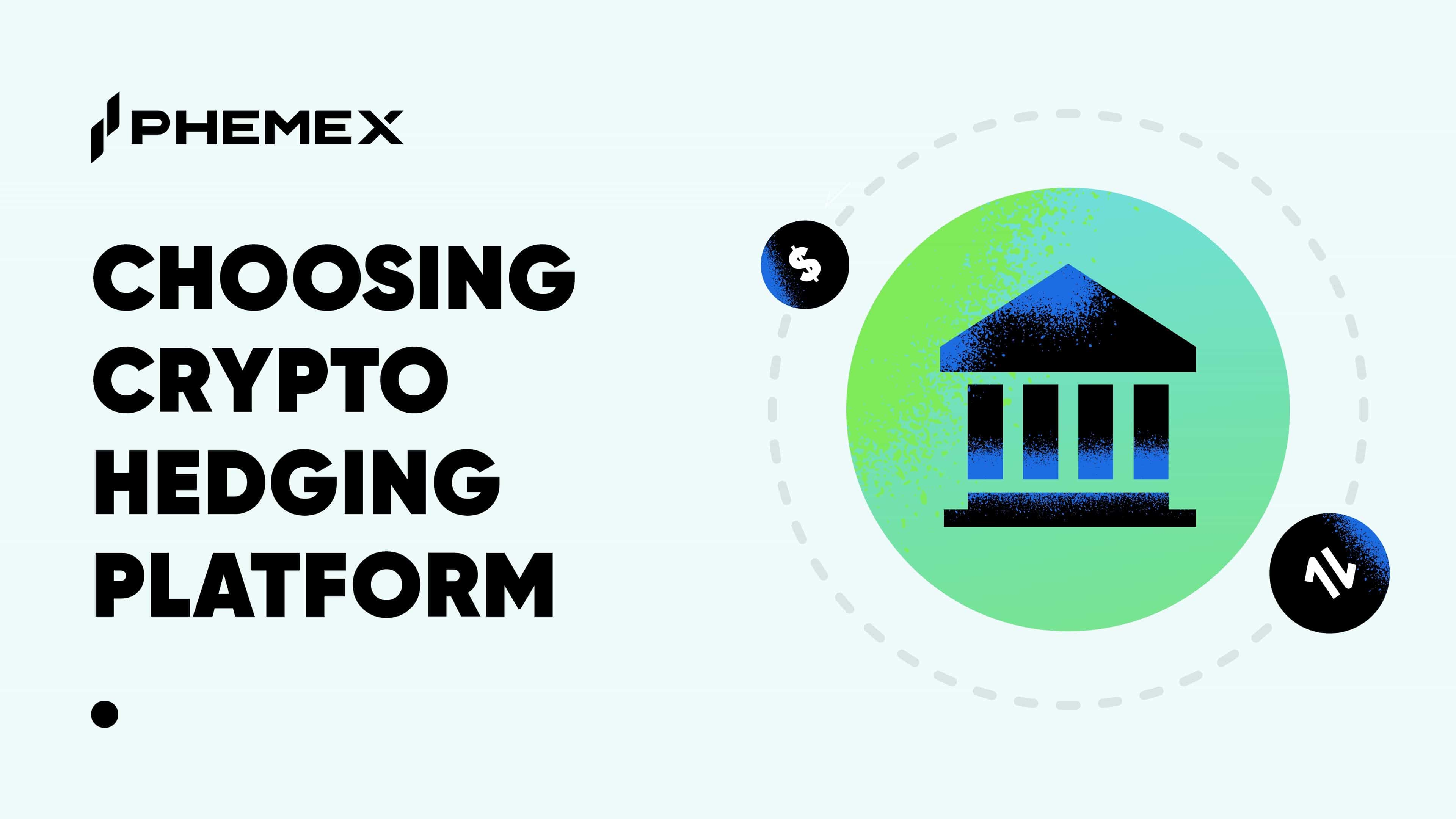
When Bitcoin was first introduced by Satoshi Nakaomoto in 2008, its purpose was to offer an alternative to fiat currency that fulfilled the same functions but had no central authority. Much like traditional currencies, cryptocurrencies can be used as a medium of exchange and storage of value. One of the most crucial aspects of any currency is how much it costs to use it in the first place, namely the transaction fees.
In the current blockchain landscape,transaction fees can come in many forms and they vary greatly. Blockchain networks themselves have transaction fees, which differ by network and can have a large impact on the usability of a certain token. After all, during the peak of the 2021 bull market and especially during NFT mania, ETH gas fees reached extremely high levels when converted to the fiat valuation. Another aspect to consider is the amount of fees one must pay to obtain the crypto in the first place, such as when trading for it on an exchange. As many market participants anticipate a positive turn going into 2024, it’s important to analyze the outlook for network fees and exchange trading fees for the new year.

Cryptocurrency Network Fees Outlook
Blockchain network fees are paid by users of the network, and all self-sustaining blockchains will feature some type of fees. These fees can serve several purposes within the ecosystem after they are collected.
- Transaction Processing: Fees are paid to incentivize miners or validators to include or validate transactions in the next block. This holds true for proof-of-work (PoW), proof-of-stake (PoS), or other consensus mechanisms.
- Network Security: Transaction fees contribute to the overall security of the blockchain network as they go toward deterring spam or denial-of-service attacks. Charging a fee for each transaction also prevents malicious actors from overloading the network with a large number of low-value transactions.
- Economic Model: In many blockchain networks, transaction fees are part of the economic model. Miners or validators earn these fees as a reward for their efforts in maintaining and securing the network.
- Scarcity: By charging fees, blockchain networks introduce a scarcity element. Users are required to pay a small amount for each transaction, making them more considerate about the number and size of transactions they initiate.
- Priority Processing: Higher fees often result in faster transaction processing. Users can choose to pay a higher fee to have their transactions processed more quickly, especially during times of network congestion.
Bitcoin Network Fees 2024
In recent years, Bitcoin has typically been considered a “cheaper” network compared to Ethereum, primarily due to the latter’s robust smart contract activity. However, 2023 saw a spike in transaction fees on the Bitcoin network due to the rise of Ordinals. Dubbed “Bitcoin NFTs,” Ordinals are digital assets inscribed on a satoshi, the lowest denomination of a Bitcoin. An Ordinal is created by attaching some type of data, such as an image or video to a satoshi on the base BTC blockchain layer.
Ordinals first gained prominence in May 2023 and catapulted Bitcoin network fees. In November 2023, the craze returned as the ORDI token was launched. For reference, average transaction fees on the Bitcoin network was roughly $0.64 in August 2023 and rose to $6.84 by November, capping a nearly 1000% increase. For a 24-hour period, the transaction volume of Ordinals actually surpassed total NFT trading volume on Ethereum. While such activity is likely viewed as a short-term spike, it has helped Bitcoin miners earn more from validating the blockchain and generally improves overall network stability. Moving into 2024, further innovation of Ordinals can drive BTC transaction fees even higher. However, it’s likely that after the craze dies down, Bitcoin network fees will still pale in comparison to that of Ethereum’s throughout the entirety of next year on average.

Ethereum Gas Fees 2024
Taking a look at the next major cryptocurrency network, Ethereum gas fee levels will likely reflect the amount of total activity and fervor in the crypto markets. This is because Ethereum remains the pre-eminent chain for applications such as DeFi and NFTs. If a strong bull run kicks off in 2024, then traders will likely initially find value first in the major coins like BTC and ETH, then move onto altcoins as well as hyped projects areas such as DeFi and NFTs. In that case, Ethereum network congestion will rise and prop up gas fees as well.
Major US bank JP Morgan actually projects that 2024 will likely be a stronger year for Ethereum than Bitcoin. In its 2024 cryptocurrency outlook, JP Morgan highlighted the upcoming EIP-4844 upgrade for Ethereum that will improve network capacity by introducing a mechanism known as “proto-danksharding” and blob-carrying transactions. As the base layer enhances its efficiency, transaction costs on the Ethereum network will decrease.
Crypto Exchange with Lowest Fees
Transaction fees on cryptocurrency exchanges refer to the charges that traders incur when executing trades or withdrawals on these platforms. These fees are used by the exchange to cover operational costs, enhance security measures, and generate profits. The most common types of fees that exchanges charge include:
- Trading Fees
- Maker Fee: Applied when a trader provides liquidity to the market by placing a limit order that doesn't get immediately matched with an existing order. Maker fees are generally lower than taker fees.
- Taker Fee: Charged when a trader removes liquidity from the market by placing an order that gets matched with an existing one. Taker fees are typically higher than maker fees, because the transaction removes liquidity from the exchange’s order book.
- Withdrawal Fees: Exchanges may charge fees when users withdraw their cryptocurrencies from the exchange to an external wallet. The fee often varies depending on the specific token and withdrawal amount.
- Margin Trading Fees: Exchanges that offer margin trading services may charge additional fees for borrowing funds to trade on margin, namely interest fees on the borrowed amount.
- Fiat-to-Crypto Onboarding Fees: When users buy or sell cryptocurrencies using fiat currency (e.g., USD, EUR) through a medium like credit card or bank transfer, exchanges may charge fees for facilitating these transactions.
1) Phemex
The Phemex global cryptocurrency exchange offers the best overall fee structure going into 2024. For starters, the platform offers competitive fundamental rates of 0.01% maker and 0.06% taker fees for contract trading. For spot trading, it’s a flat 0.1% fee for both makers and takers. While this is already a strong start, Phemex offers users a lucrative VIP program that grants generous fee discounts with higher trading volume. At the highest VIP level for retail traders, maker fees are eliminated entirely on both spot and contract trading. Moreover, the Phemex Institutional program provides organizations with lofty VIP discounts as well, including total exemption on maker fees.

Following the recent launch of the Phemex Token, users now have multiple ways to enjoy transaction fee discounts. By staking their PT in return for vePT (vote escrow Phemex Tokens), users can directly obtain VIP trader privileges simply by holding enough vePT. For these vePT holders, even more unique benefits are available including monthly airdrops for making fiat deposits or crypto purchases to their Phemex account. Essentially, these airdrops act as rebate for the fiat-to-crypto onboarding fee, which is already very low on Phemex. The exchange often holds promotions to further cut their “buy crypto” fees, to encourage newer users to take the plunge into owning some crypto. Furthermore, Phemex Token holders can directly pay off their trading fees using PT and enjoy a discount in the process. For spot trading, fees are reduced by 20% when paying with PT and for contract trading, fees decrease by 10%. Phemex Tokens can also be used to cover withdrawal fees and network gas fees, so they essentially act as a tradable coupon that allows Phemex to achieve industry-low fees all-around.
Phemex is also gearing up for the launch of Phemex Pulse, a revolutionary social trading offering that distributes weekly prizes to users who join, trade, and engage in interactive groups. 50 million Phemex Tokens have been set aside to reward the most active groups and their members, which means an indirect subsidy is potentially available to Phemex Pulse trading participants on a weekly basis.
2) Uniswap
Through its Phemexia Web3 ecosystem and PT, Phemex has successfully pioneered a semi-centralized exchange model that grants miniscule fees with community decision-making. However, when considering purely decentralized exchanges, Uniswap is still the largest by TVL and one of the most competitive in terms of transaction fees. There is a standard 0.3% fee for swapping tokens on Uniswap, but users are also able to become liquidity providers and earn a portion of such fees when their assets are used in swaps by other traders. Uniswap also has its own governance token UNI, which functions similarly to PT on Phemex, namely being used to vote on the future direction of the platform.
 3) 1Inch
3) 1Inch
Decentralized exchange enthusiasts will likely be familiar with 1Inch, which operates more like a DEX price aggregator as opposed to a DEX itself. The platform seeks to provide the lowest fees possible to its users, by using an algorithm and smart contracts to get live prices from popular DEXes and revealing the cheapest transactions. Moreover, 1Inch does not charge any additional fees on limit orders executed through its price aggregation platform. Similar to Uniswap, 1Inch also features its own liquidity pools that users can contribute to and receive regular returns. However, one limiting factor is that it specializes in aggregating prices on decentralized exchanges, so trading options on centralized or semi-centralized exchanges like Phemex will not be available on 1Inch.
Read More
- What are Crypto Transaction Fees and How they Work
- What is a Transaction Fee in Crypto & How does it Work?
- Why Fees and Transaction Costs Matter?
- Crypto Exchange Security in 2024
- What is Cryptocurrency & How It Differs From Digital Cash
- What is Ethereum Gas and How Does It Work?
- A Closer Look at EIP 1559: Transforming Ethereum
- How To Trade Crypto: The Ultimate Investing Guide





